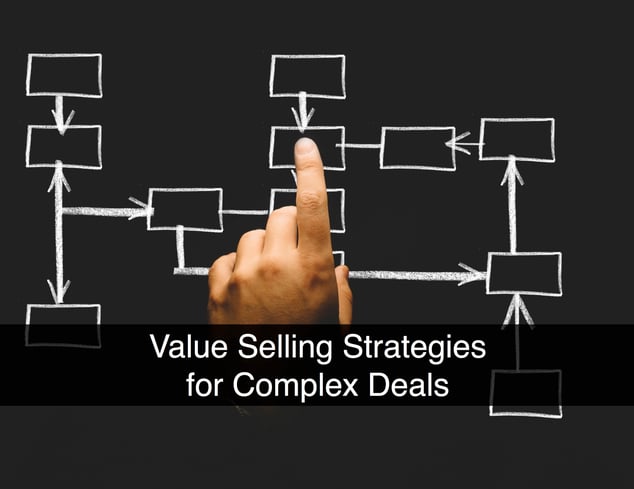
Some deals are simple, like selling a solitary product to a single buyer. Other deals can be more involved with offerings that include multiple products, phased timelines, and deployments for multiple departments, locations, or processes across an enterprise.
In all situations, using an ROI Tool is essential to building a persuasive business case. With more complex deals, a Composite ROI Tool further strengthens your business case by aggregating the return on investment from each phase of the project into a more compelling project-level ROI.
Deconstruct the Sale
Instead of treating a complex sale like a single deal, sales reps are better served by breaking the deal down into logical components that stand on their own merit. We may refer to these components as project phases as each is typically delivered at its own designated stage, each of which warrants its own ROI analysis.
There are any number of sales scenarios that would benefit from breaking the sale down into individual components:
- Multiple modules that affect different customer processes
- Phased deployment based on functionality, geography, department, etc.
- Multiple, completely different offerings sold to the same buyer
Evaluating the ROI of each component separately removes quite a bit of complexity from the financial analysis. This clarity significantly improves the chances of closing the sale. Additionally, any projected efficiencies gained in an earlier phase can be leveraged in future phases to create an even more compelling reason to buy.
Aggregate the ROI
Let’s demonstrate how this works — using the first scenario where you are selling multiple modules that affect different customer processes. You determine that the best way to deploy the total solution is in phases — one module at a time to facilitate adoption and ensure your customer is realizing the anticipated return. You then establish an implementation schedule for deploying each module.
Although each module has its own cost, only the first phase requires the full, new investment. After implementing the first module, you can reduce the new funding needed for phase two by factoring in returns from phase one. And so it continues for each subsequent phase and module.
A Composite ROI Tool then aggregates the financial return from each phase in the project for a stronger, more nuanced ROI of the comprehensive sale.
Conclusion
In a more complex opportunity, treat each sale as a multi-phase deal in which ROI is realized and applied over time. By using a Composite ROI Tool, you will demonstrate how your deal minimizes upfront investment and maximizes returns over time. Build a better business case with a Composite ROI Tool to ensure the long-term value of your offering is clear, concise, and compelling.









